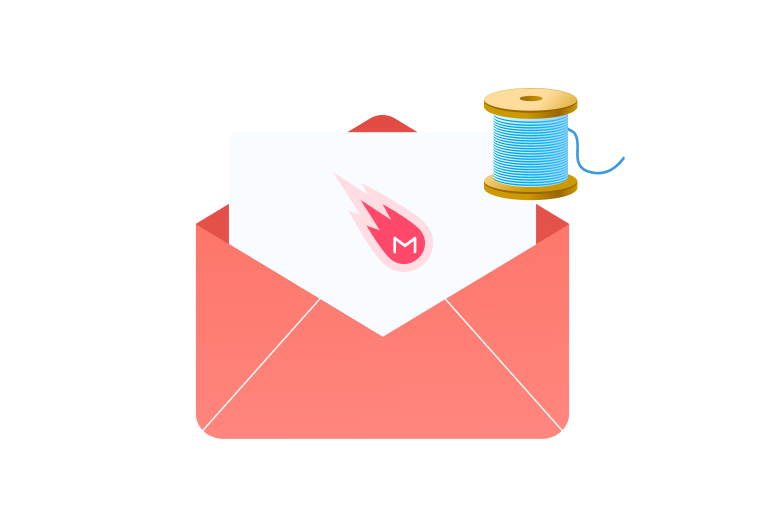Effectively managing your email threads will save you time, minimize misunderstandings, and maximize your productivity. Regardless of whether you are collaborating on projects or juggling discussions between different clients, mistakes can quickly add up without proper email management.
In this article, we will explore five best practices to streamline and manage email threads effectively, helping you stay organized and focused amidst the constant influx of messages.
- What are Email Threads?
- Managing your Email Threads
- Benefits of Managing your Email Threads Properly
So let’s find out more.
What are Email Threads?
Email threads, also known as email chains or conversations, refer to a series of related email messages exchanged between two or more individuals. These messages are linked together based on the subject or topic, creating a chronological sequence. The primary purpose of email threads is to facilitate organized and contextual discussions. Instead of scattered and disconnected messages, email threads allow users to maintain a coherent and structured conversation, making it easier to follow the flow of information over time.
By default, most modern email platforms display all emails as threads, so unless you have changed this, there is nothing you need to change in order to take advantage of displaying email conversations as threads.
Managing your Email Threads
Email thread management is not only about organizing and categorizing email conversations. It requires you to follow proper etiquette and implement rules which ensure that all participants remain on topic and discussions are straightforward.
Keep the Emails Relevant
To maintain clarity and efficiency in email communication, it is vital to keep the content of your emails relevant to the subject at hand. Avoid unnecessary details or off-topic information that can clutter the conversation. Start your emails with a clear and concise subject line, reflecting the main purpose of your message. This way, recipients will quickly grasp the context and prioritize their responses accordingly.
Tips:
- Avoid unnecessary information and stick to the subject matter.
- Respond promptly to maintain momentum and prevent delays.
- Use concise language and organize thoughts logically.
- If the conversation veers off track, gently guide it back to the main topic.
- Consider the needs of the recipients and tailor your messages accordingly.
Check if a Reply is Necessary
Before hitting the “Reply” button, take a moment to assess whether a response is truly warranted. Not every email requires acknowledgment or additional input. Consider factors such as the relevance of the information, the clarity of the message, and whether the sender explicitly expects a reply.
Use Labels to Organize
Organizing your email threads becomes noticeable simpler when you leverage the power of labeling your conversations. Most email platforms, such as Gmail or Outlook, offer a labeling or tagging system that allows you to categorize and identify emails at a glance. We’ve written an entire guide about Gmail folders, make sure to check it out :)
Avoid Unnecessary CCs & BCCs
Excessive use of CCs (Carbon Copies) and BCCs (Blind Carbon Copies) in emails can clutter inboxes and create confusion. It is important to limit the use of these features to only those directly involved in a conversation.
New Topic, New Thread
Creating a new thread for a new topic is fundamental when managing your emails. This approach maintains clarity and prevents the mingling of unrelated discussions within a single thread.
Benefits of Managing your Email Threads Properly
By adopting the above practices, you can experience a range of benefits that positively impact your long-term success. Here are some of these benefits:
- Time Efficiency: You significantly reduce your time spent searching for specific emails, streamline your communication process, and save time for your recipients.
- Task Prioritization: By having a structured email system, you facilitate easy prioritization of tasks, increasing the productivity of your team.
- Enhanced Collaboration: Properly managing your email threads will improve team collaboration through clear and organized communication.
In summary, managing email threads effectively brings about a host of advantages, ranging from time savings and stress reduction to improved collaboration and overall productivity. Adopting best practices in email organization is a worthwhile investment in the efficiency and success of any individual or business.



